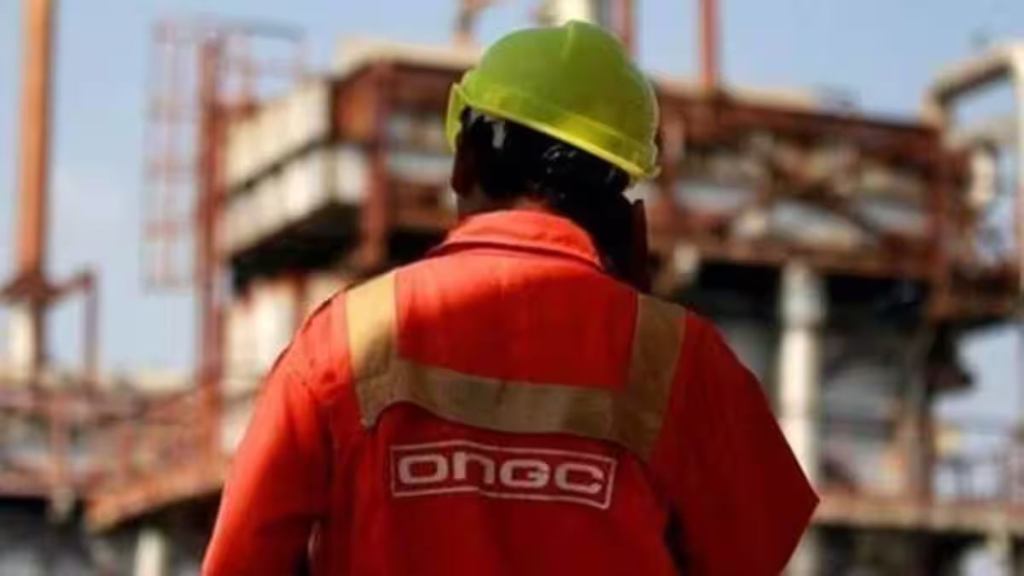State-run Oil and Natural Gas Corporation Ltd (ONGC) has drawn up a plan to map India’s geothermal energy sources, with likely potential of 10 giga watt (GW), even as it aims to airlift drilling equipment in Ladakh to give its pilot project a second chance.
“India’s geothermal energy potential is about 10 GW and its spread across the country. We plan to map it and use the information to best exploit the clean and green energy,” said ONGC Energy Centre director general (DG) Ravi.
Geothermal energy is the thermal energy generated and stored inside the earth’s crust. It comes from heat generated during the original formation of the planet and the radioactive decay of materials.
Last month, ONGC signed an agreement with Iceland GeoSurvey (ISOR) for the exploration and development of geothermal energy in India among other things. The ISOR relationship started with the Ladakh project last year.
“Initial studies have revealed that rich geothermal sources are there in Ladakh, Himachal, Gujarat, Andhra Pradesh and Chhattisgarh. We are concentrating first in Ladakh, then it will be Gujarat followed by in the south,” he said.
The Geological Survey of India (GSI) and the ministry of new and renewable energy (MNRE) have done the initial survey. In Gujarat, Cambay Basin and Ankleshwar are the identified areas. In Andhra Pradesh, it’s Kowthalam.
“Geothermal energy is clean, green and available 24×7. It generates no pollution and is sustainable. Otherwise most renewable energy sources are not available 24×7. Once the pilot project is proven we can advance to a commercial-scale power plant,” said Ravi.
The state-run oil exploration company had to abandon its pilot project at Puga in Ladakh last year after facing shallow reservoir complications. However, the company has planned to start drilling again at the Puga site this year.
While weather allows access to Puga in Ladakh valley only between May and October, the ONGC officials are currently facing logistic challenges as several bridges are under construction down below. The oil company has now initiated talks with the Border Roads Organisation (BRO) and the Indian Army to see if the equipment and components can be airlifted so that the drilling can begin.
“Ïf the drilling begins this year, we can expect the 1 MW pilot project to become operational next year. Once Puga is successful, second phase of drilling can begin at Chumathang, at an aerial distance of 12 kms. If the two reservoirs can be interconnected, we can have a 100 MW power plant,” said the DG.
“However, we can know the actual capacity only after drilling and doing the reservoir study, checking the production and flow,” he said.


